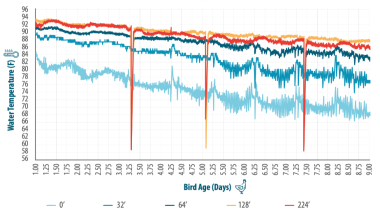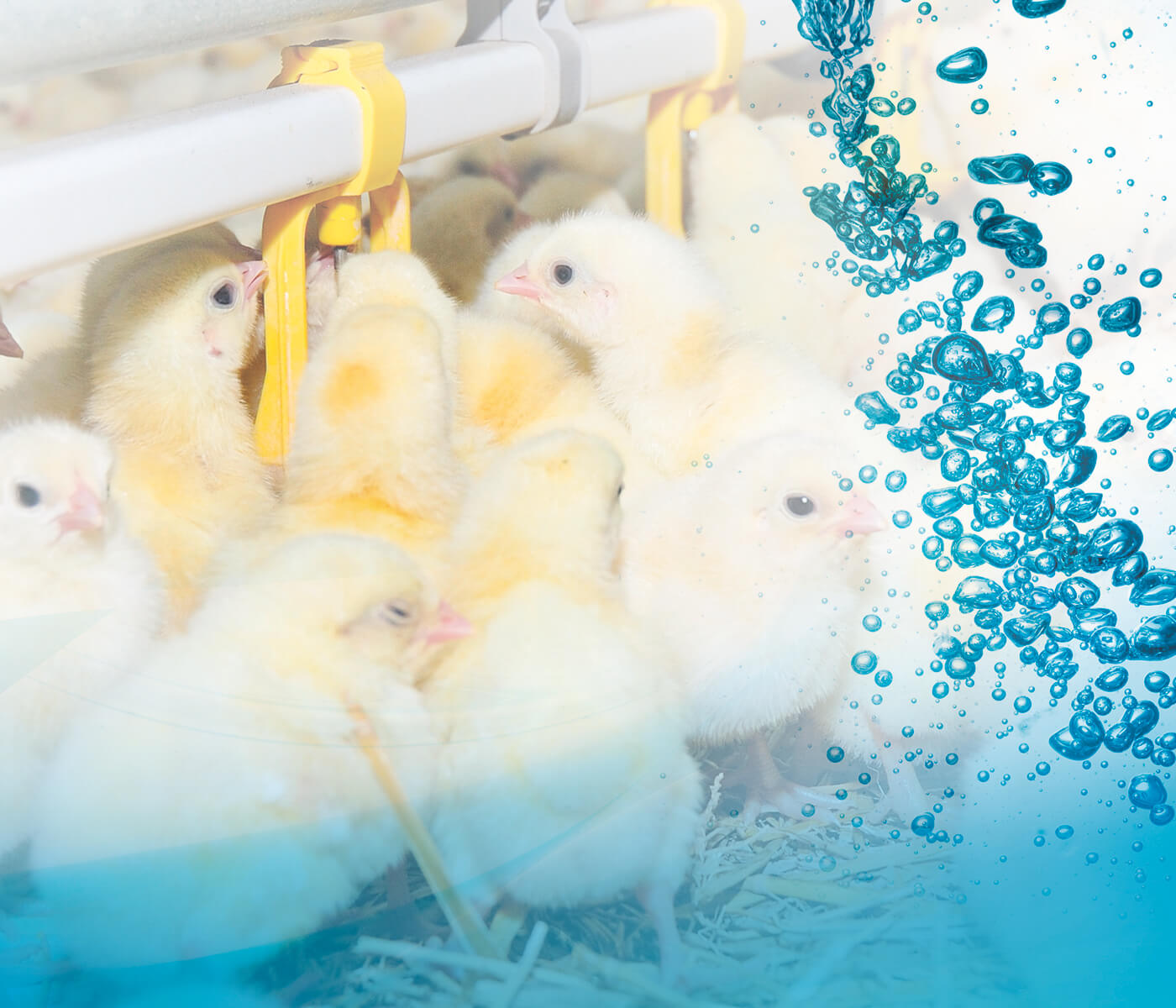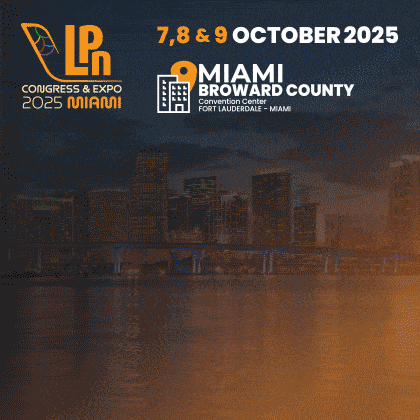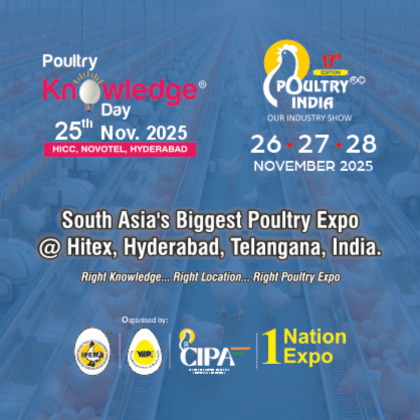Successfully growing a broiler flock starts with providing optimal housing conditions. That includes good quality and temperature of drinking water. Amongst other factors, this is influenced by length of the drinking line and house temperatures. Proper management of the drinking lines is needed.
Though there is a wide range of opinions on the optimal drinking water temperature for young chicks, the fact is farm managers actually have a very limited ability to control the temperature of the water their chicks are drinking because, for all practical purposes, it is determined by house air temperature.
- If the air temperature is 90°F, the water will be around 90°F.
- If the air temperature is 80°F, the water temperature will be around 80°F, regardless of what temperature the water enters the house.
This is the result that due to very low consumption rates, the water within a drinker line moves incredibly slowly, on average less than one foot per minute, which means that it can take over an hour for the water to simply travel the first 50’ of a 200’ – 300’ drinker line!
Since the water in a drinker line is almost stationary, and drinker lines are not insulated, the water doesn’t have to travel far before it warms up, or in some rare cases cools down, to room temperature….typically within 40’ to 60’ of entering a drinker line.
Figure 1 illustrates water temperatures along the length of a 230’ drinker line during the first week of a wintertime flock in a 40’ X 500’ broiler house.
- The temperature of the water entering the house’s control room from the ground was approximately 55°F.
- During the 30’ trip from control room to the first nipple on the drinker line, the water warmed from 55°F to between 70°F and 80°F, depending on house air temperature at the time.
- By the time the water reached the nipples 64’ from the beginning of the drinker line, it had warmed to essentially air temperature.
| Previously conducted farm studies in which the incoming water temperate was in the high forties or low sixties documented a similar trend. |

Figure 1. Water temperatures along the length of a 230’ drinker line.
Keep up to date with our newsletters
Receive the magazine for free in digital version REGISTRATION ACCESS
YOUR ACCOUNT LOGIN Lost your password?

















